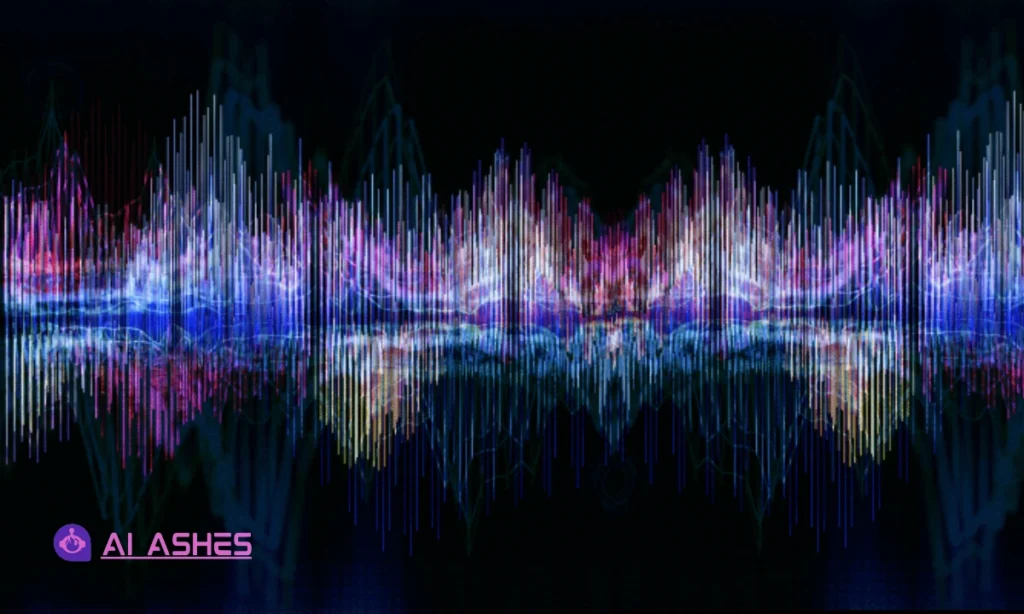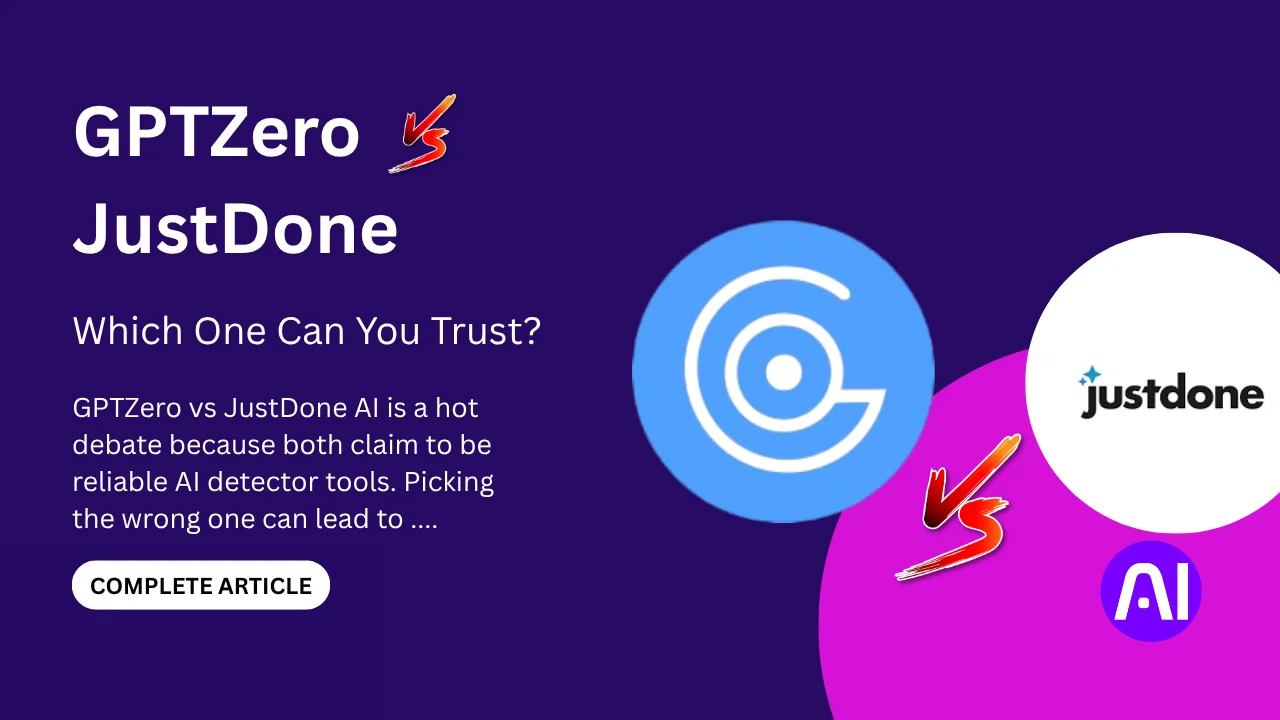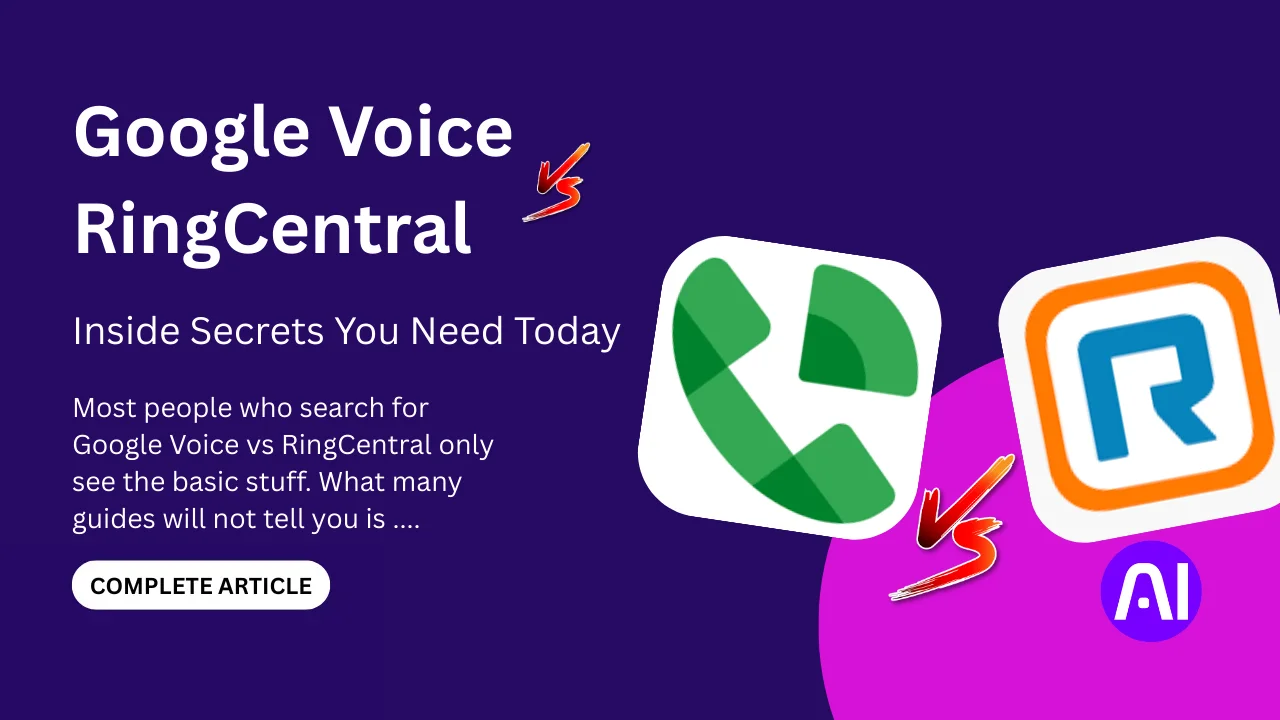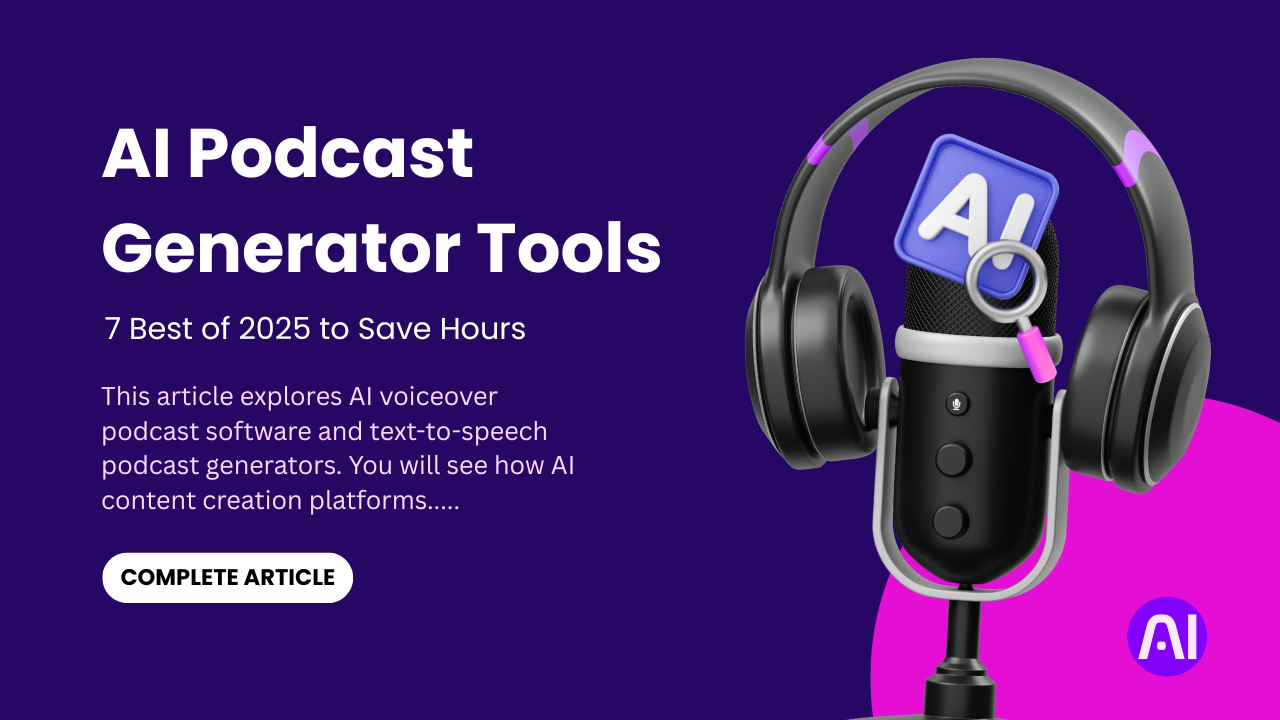Noisy signals cause major problems in systems that rely on clear communication. From smart devices to advanced machines, even a small disturbance can lead to poor performance or complete failure. This is where the power of AI disturbance overlay steps in.
AI disturbance overlay is a smart layer powered by signal processing AI. It quietly works in the background to fix signal problems without human help. It finds and removes unwanted noise, helping devices work better. With noise suppression AI, it makes signals clear, even in busy or noisy places.
This article explains how AI disturbance, powered by disturbance detection AI, is changing the game. You’ll learn what it is, how it works, and why industries now depend on it. We’ll explore real examples, expert views, and the applications of AI in managing environmental noise disturbances. If you’ve ever wondered how AI overlays help in disturbance detection, this is the guide you need. Clear and simple, it’s made to help anyone understand how AI is quietly solving big signal problems like magic.
Understanding Noisy Signals and Real‑World Interference

In any system that moves information, noise is a common problem. Noise is any unwanted signal that mixes with the real data. Disturbance is a type of noise that causes errors or changes how a system behaves. Both are bad for devices that need clean and clear data to work well.
What Counts as a Noisy Signal?
A noisy signal happens when something unwanted gets into the main signal. This can be static in a phone call, buzzing in a speaker, or weird numbers in a sensor reading. It can come from the environment or even other devices nearby.
In telecom systems, it gets hard to hear the person on the other end. Audio systems may play music with hiss or crackling sounds. IoT sensors can send wrong data, which may cause false alerts. Smart homes may also slow down or act up when signals get noisy. And in environmental monitoring, noise can make reports false or unclear.
Why It Matters
When a system picks up noise, it can slow down, freeze, or give wrong outputs. This can be dangerous in places like hospitals or cars. Even in daily life, noise can break calls, stop smart devices, or waste energy.
That’s why we need strong interference mitigation techniques. These methods find and remove noise to make the signal clean again. The better the filtering, the more reliable the system.
The Role of Real-Time Filtering
Many devices now use real-time interference filtering. This means they fix the problem as it happens. They don’t wait. They react fast, using smart code and sometimes AI. This is key in systems where speed and accuracy matter.
AI disturbance overlay is a next-level solution in this field. It uses signal processing AI to find noise fast and fix it before it causes trouble. This helps devices work better in real-world settings full of noise.
How AI Disturbance Overlay Detects and Suppresses Disturbance
AI disturbance overlay is not just a filter. It is a smart layer that learns. It finds patterns in real time and fixes signals as they come in. This makes it very different from older systems.
How It Works: From Detection to Action
AI starts with feature extraction. It listens to the signal and picks out the useful parts. Then it finds what does not belong. That is the disturbance. This is where disturbance detection AI shines. It does not just block noise. It learns to spot it with high speed and accuracy.
The system uses machine learning noise cancellation. It improves as it works. Each time it sees a new pattern, it gets smarter. That is why it works so well in busy and loud settings.
The brain behind this is a neural network. It looks at many features at once. It compares data in milliseconds. Then it makes choices on what to keep and what to remove. This is called adaptive signal enhancement. The AI does not follow fixed rules. It adapts to each signal in real time.
Why It Beats Standard DSP
Old Digital Signal Processing (DSP) tools work with fixed models. They can clean basic noise but often fail in changing environments. DSP does not learn. It does not improve with time.
In contrast, AI disturbance overlay gets better as it works. It handles more types of interference. It adjusts fast. And it does not need human help once it is trained.
Real-Time Fixes with Smart AI
This is where real-time signal processing AI is a game-changer. It does not just delay or mute a bad signal. It rebuilds the signal with clean data while removing the junk.
This is why AI overlays help in disturbance detection better than anything else. They go beyond blocking. They detect, learn, and fix, all at once.
With this smart layer in place, devices stay sharp even in noisy settings. From phones to factory tools, AI is changing how we manage signal problems for good.
Why Pros and Beginners Should Care: Practical Gains
AI disturbance overlay is not just for experts. It helps beginners too. Anyone using smart systems can benefit from it. It makes devices faster, cleaner, and more reliable.
Sharp Detection and Fast Fixes
With AI-based RF signal analysis, detection becomes super accurate. The system spots even tiny changes in the signal. This means fewer errors and better results. The fixes also happen fast. AI works in real time, so problems get solved before they grow.
One big plus is hands-off automation. You do not have to adjust settings again and again. The AI takes care of the noise on its own. It learns as it works, making every cycle better than the last.
Real Use Cases Across Industries
In audio systems, AI removes buzz, static, or echo. Music and voice come through clear and crisp. In telecom, calls stay strong even with background noise. Clearer lines mean better talks and fewer drops.
Industrial sensors also use AI overlays. They often work in loud places. Noise can mess up readings. AI keeps the data clean so machines run better. It prevents small issues from becoming big problems.
For environmental sound monitoring AI, the benefit is huge. AI overlays help in managing environmental noise disturbances. They can spot traffic, storms, or machine noise. This helps cities, farms, and labs collect the right data without errors.
Works for All Levels
This is why both pros and beginners should care. You do not need to know everything about AI. The system runs in the background. It improves your work without adding stress.
AI disturbance overlay boosts accuracy, saves time, and cuts human effort. From homes to high-tech labs, it makes noise problems easier to solve. Whether you’re a tech worker or a student, the gains are real and useful.
7 Steps to Integrate an AI Disturbance Overlay Into Your Workflow
Setting up an AI disturbance overlay might sound complex, but it is simple when broken into clear steps. Whether you are working in telecom, audio, or environmental monitoring, this guide will help you get started with ease.
1. Signal Input and Preprocessing
The first step is to collect clean input. Raw signals come from microphones, antennas, sensors, or machines. These signals go through interference mitigation techniques. This step removes basic noise and shapes the signal for better results later.
2. Feature Extraction with Signal Processing AI
Now the system uses signal processing AI to find patterns in the signal. This is called feature extraction. It spots the useful parts of the signal and throws out the junk. The AI breaks down the signal into data the model can understand.
3. Train the AI Model
Next is the model training step. You can use supervised learning if you have labeled data. This means teaching the model what is normal and what is noise. You can also use deep learning for anomaly detection when noise patterns are unknown. The AI learns by spotting what feels “off” in the signal.
4. Add Real-Time Overlay
After training, the model gets added to your real system. This is where real-time signal filtering starts. The AI now runs live, fixing the signal as it flows through. This is the overlay in action. It works without slowing down your system.
5. Test and Track
Now it’s time to test. Watch how the AI overlay performs. Use metrics like signal quality, speed, or output errors. This tells you how well the system is doing. If results are not great, move to the next step.
6. Tune for Real Environments
Every location has its own noise problems. A factory is different from a classroom. Tune your AI for your space. Adjust thresholds, retrain with new data, or try different models. This makes the overlay stronger and more accurate.
7. Maintain and Retrain
Noise is always changing. New machines, traffic, or settings can change the signal. That’s why ongoing maintenance and retraining matter. Keep feeding the AI new data. Update it when needed so it stays smart and sharp.
By following these steps, you can smoothly add an AI disturbance overlay into your workflow. You get smarter noise control, cleaner signals, and less manual effort. Whether you’re a beginner or a pro, this system makes real-time clarity possible.
Real-World Case Studies of AI Disturbance Overlay
Here are real examples of how AI layers quietly fix noisy signals in everyday life. The cases show simple gains and big changes for people, companies, and cities.
Case Study 1: Singapore’s “Quiet Towns” Initiative
User: City planners in Singapore
Challenge: Urban noise from traffic, construction, and homes disturbed residents and spiked complaints.
Solution: The city installed AI-powered acoustic sensors. These tracked noise in real time. The AI sent alerts and helped adjust traffic lights to ease sound.
Takeaway: AI sound monitoring led to fewer noise complaints. It made neighborhoods quieter and smarter than ever.
Case Study 2: LAX Airport Noise Control
User: Los Angeles International Airport
Challenge: Flying airplanes made too much noise for people living nearby.
Solution: AI combined plane data, weather, and noise sensors. Then it changed flight paths to reduce sound over homes.
Takeaway: Fewer complaints and happier residents showed AI can manage real noise in big systems.
Case Study 3: Acoustic Howling Suppression in Sound Systems
User: Audio technology developers (research by Zhang et al.)
Challenge: Acoustic howling happens when mic and speaker feedback loop creates loud screeching.
Solution: A hybrid AI system mixed deep learning with a classic Kalman filter. It understood and stopped the howling in real time.
Takeaway: AI made feedback disappear instantly. This gave better sound without needing engineers to tweak settings.
These case studies show clear value. You see how AI disturbance overlay works in smart cities, busy airports, and high-tech audio setups. They prove how this tool uses signal processing AI and real-time interference filtering to bring calm. Whether managing environmental noise or fixing feedback loops, AI quietly makes big improvements.
Overcoming Hurdles in AI Disturbance Overlay Deployment
AI disturbance overlay is powerful, but it comes with a few common roadblocks. These problems can slow things down if not handled early. The good news is that each problem has a clear fix.
1. Not Enough Good Data
AI needs examples to learn from. If you do not have enough, the model may miss important noise patterns. This is called data scarcity. It is a big issue for small teams or new projects.
Solution: Use data augmentation. This means creating new training samples from what you already have. You can add fake noise or adjust the signal speed and pitch. This helps the model learn more without needing a lot of new data.
2. The Model Starts to Forget
Over time, noise types may change. The AI model that once worked well may now miss new signals. This is called model drift. It happens when systems do not retrain or update their AI.
Solution: Keep feeding the system with new data. Set a schedule to retrain the model every month or quarter. Also, add smart checks that warn you if the model starts to make more mistakes.
3. Slow Speed or Delay
Some AI models are too big or slow. This creates latency. If the system takes too long to clean the signal, it becomes useless in real time.
Solution: Use lightweight models. These are smaller and faster but still smart. You can also use edge computing, which means running AI on local devices instead of sending data to the cloud. This cuts delay and makes the system faster.
4. Tuning the AI Just Right
Each location has its own noise pattern. A school, a street, or a lab will all sound different. If your disturbance detection AI is not tuned right, it may block good signals or miss the real noise.
Solution: Run small tests in each area. Use the test results to tweak your model. Adjust noise limits, feedback settings, or filters based on what you see.
These hurdles are real, but not too hard to fix. With the right tools, the AI disturbance overlay can run smooth, fast, and smart. You just need to plan, test, and improve as you go.
The Future of AI Disturbance Overlay and Signal Intelligence
The world of signals is getting louder and faster. More devices are talking at once. Noise is growing. But AI disturbance overlay is ready for what comes next. It is not just about fixing sound. It is about building smarter systems.
Smarter Models at the Edge
Edge AI is the future. Instead of sending data to the cloud, the AI will work right where the signal is made. That means faster decisions and better privacy. A sensor in a car or factory can run real-time noise filtering without delay.
This is key for IoT, where tiny sensors are everywhere. With edge AI, each one can run unsupervised noise detection AI. These models do not need labels. They find weird patterns on their own.
Federated Learning and Smart Cities
Another big shift is federated learning for signal processing. This lets many devices learn together without sharing raw data. Your phone, a traffic light, and a drone can all improve their AI models as a team. But your data stays private. This is good for cities, homes, and even farms.
In smart cities, this helps AI overlays manage traffic, weather, and public noise. The system can adjust on the fly. It can fix signals even when thousands of devices are online. A recent study on drone noise suppression shows how these smart systems are already solving real-world noise challenges.
Built for 5G and Beyond
As 5G and 6G networks grow, the signal world gets more complex. Speed will rise. Devices will send more data. But that also means more chances for signal problems.
AI overlays will play a big role here. They will keep data clean as it moves through busy airwaves. With AI in place, networks stay strong and fast even with millions of users.
The future of AI disturbance overlay is bold and bright. With smarter tools like edge AI, federated learning, and unsupervised anomaly detection, signals will get clearer and systems will get smarter. This is not just a tech upgrade. It is a full step forward for clean, fast, and smart signal intelligence.
Conclusion
The AI disturbance overlay is your key to clearer, smarter signals. It boosts accuracy, cuts delays, and frees you from manual fixes. You learned the simple steps to add it to any system. From gathering signal data to real‑time filtering and ongoing tuning, each stage gives real benefit.
To start today check out open‑source libraries like TensorFlow or PyTorch. Look for vendor solutions from leading signal‑processing firms. Try tutorials on GitHub that guide you through overlay integration. These tools bring ai disturbance, disturbance detection AI, and signal processing AI into reach for all skill levels.
Stay ahead and keep learning. For more expert tips and the latest breakthroughs in machine learning and AI research follow AI Ashes Blog. If you loved this article, dive deeper into topics like data prep with “Clear Dataset Secrets”. Check it out for solid guidance on building clean AI systems.
In short start small, use smart tools, and grow your AI overlay step by step. And remember to follow AI Ashes Blog for more on tutorials, open source tools, and leading vendor insights.
FAQs
1. What is ai disturbance overlay and how does it help noisy signals?
An ai disturbance overlay is a smart layer that cleans noisy signals in real-time. It uses machine learning and signal processing AI to detect and remove interference. It makes signals clearer without making system slow.
2. Can disturbance detection AI work without lots of data?
Yes. Some models use data augmentation or unsupervised noise detection AI. They learn noise patterns on their own. This means your overlay still works even with small datasets.
3. How do open-source tools like RNNoise work for noise filtering?
Tools like RNNoise use recurrent neural nets to cut noise from speech. They mix neural nets with DSP to clean signals fast. You can find them on GitHub and try them yourself.
4. Can AI overlays fix real-time audio in Zoom or Skype calls?
Yes. Apps like Krisp use machine learning noise cancellation to clean voice in real time. They remove background sound so your voice is clear.
5. What are interference mitigation techniques in AI overlays?
They are steps like filtering, feature extraction, and adaptive models. These techniques help the overlay find and block noise quickly, so real signals stay clear.
6. Do AI overlays slow down live systems?
Not if they use lightweight models or edge computing. Many open-source projects like DeepFilterNet are designed for fast, real-time use.
7. Can someone use AI disturbance overlay for IoT sensors?
Yes. It works in devices that monitor cities or environments. It helps detect events like traffic or storms and filters out random noise for accurate data.
8. What is federated learning for signal processing?
It is when many devices train their models together without sharing raw data. This keeps privacy and helps disturbance detection AI learn from all devices.
9. Is there an example of AI‑based RF signal analysis on GitHub?
Yes. There are projects using deep nets for real-time RF interference detection. They mix CNNs and DSP to spot bad signals fast, much like overlays do.
10. How do AI overlays help in managing environmental noise disturbances?
They use sensors in cities or airports to spot noise like traffic or planes. Then they filter or alert officials. This makes zones quieter and tracking easier.








